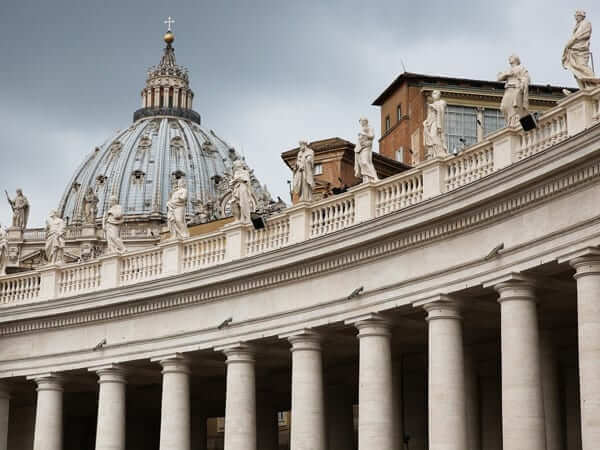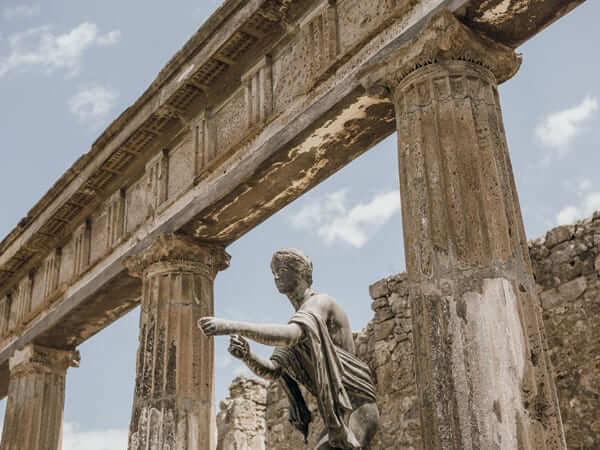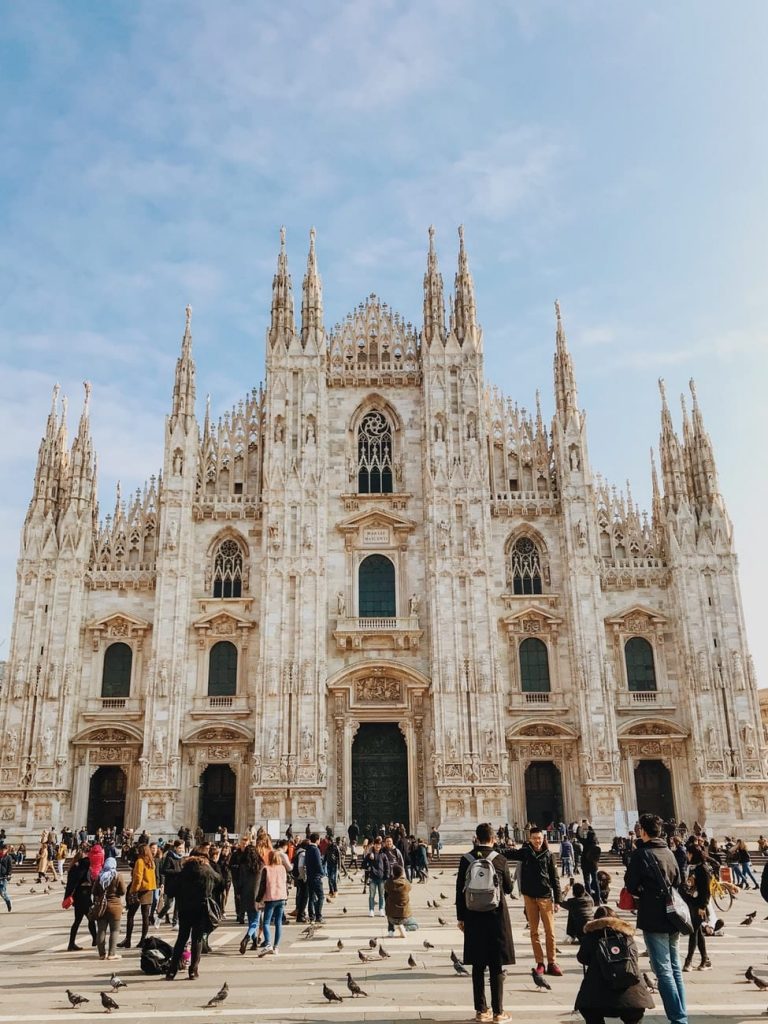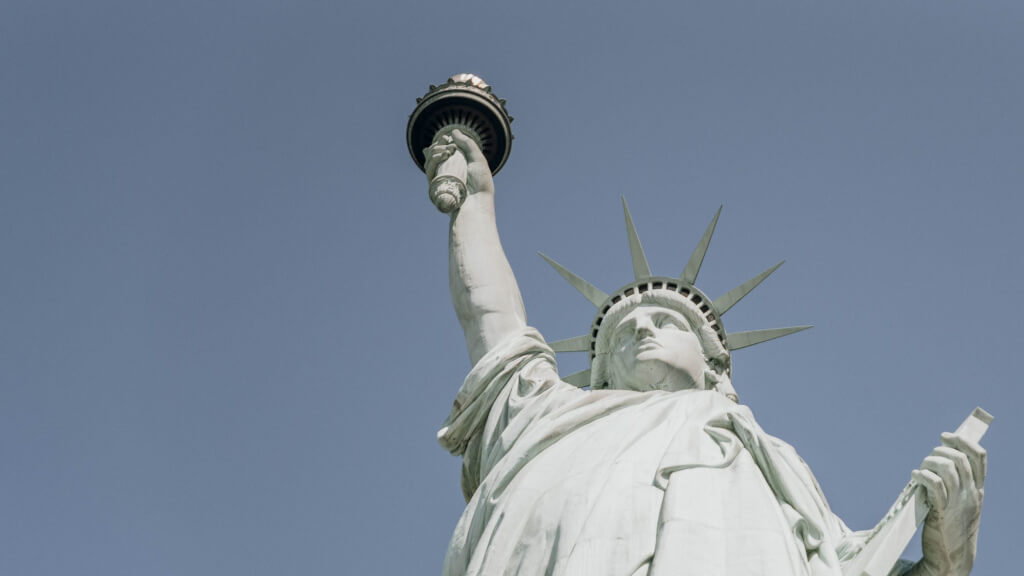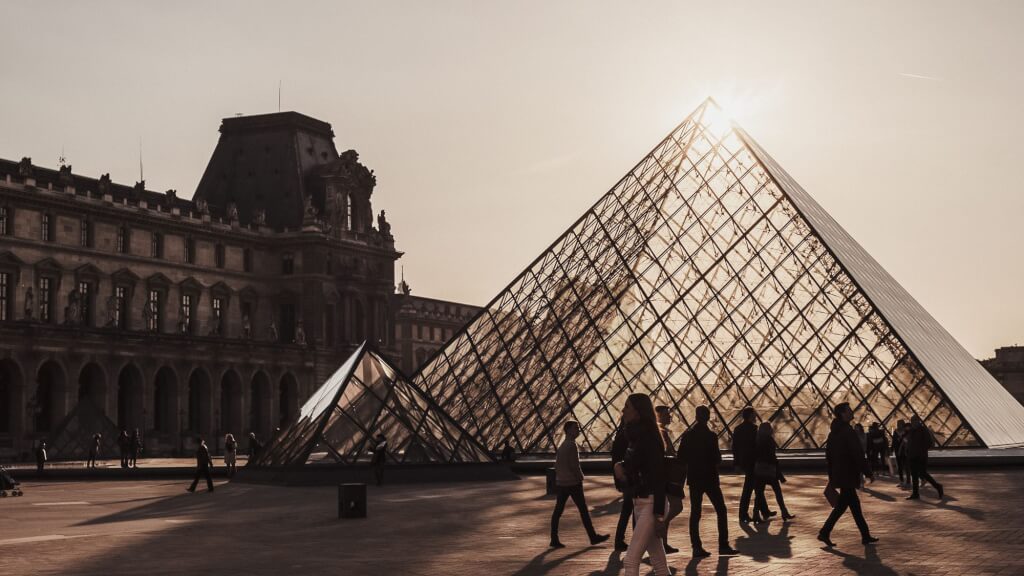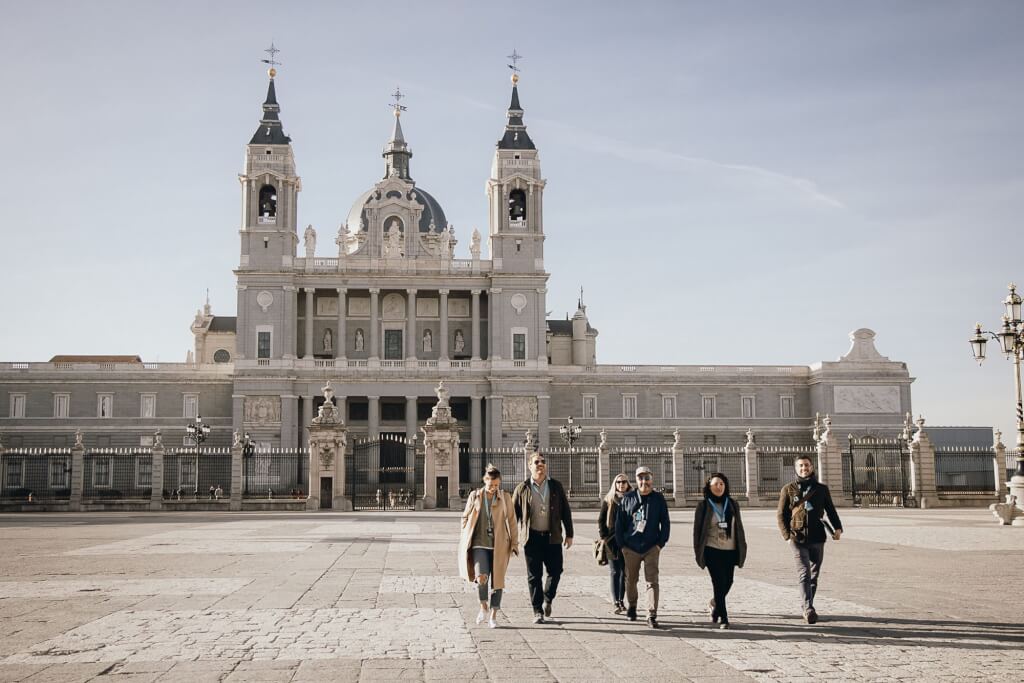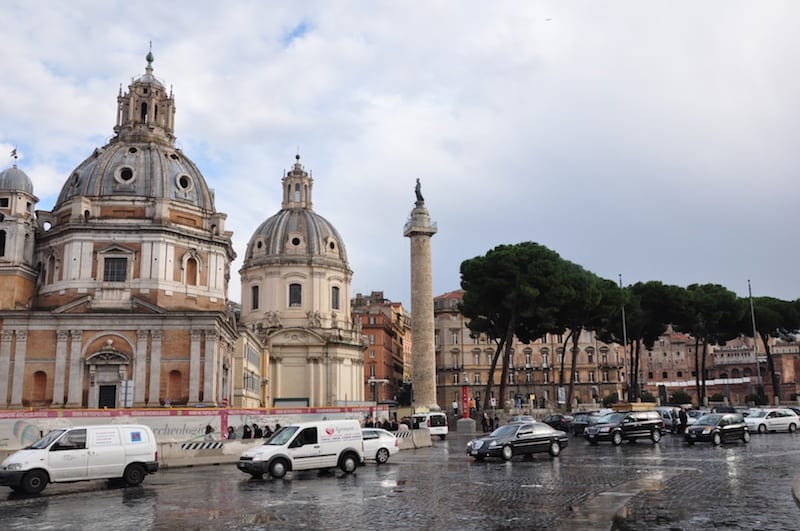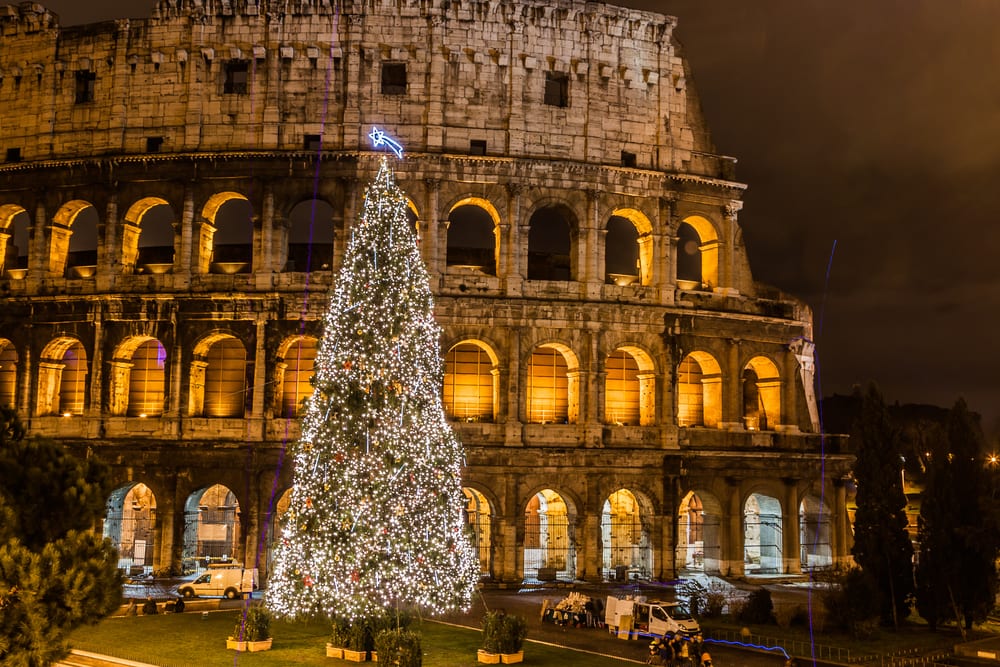
If you’re considering traveling to Rome in the winter, we have good news: We think it’s a great time of year to come! From fewer crowds to lower accommodation prices, there are a lot of perks to coming to Rome from November to March.
Here are some tips to know about traveling to Rome in winter!

A visit to the Colosseum at Christmas? Yes, please!
Table of Contents
ToggleWhen is the off season in Rome?
Mid-November to Easter, excluding Christmas and New Year’s.
What to expect in the off season
Crowd-wise, expect it to be much more tranquil than usual! Of course, some areas of the city will always have tourist crowds. Even in the dead of winter, you can expect at least an hour-long line at the Colosseum, and unless you come at 3 a.m., you won’t be alone at the Trevi Fountain for a minute.
Still, these crowds are much smaller than they’d normally be. Instead of being shoulder-to-shoulder packed like you would be in the summer, for example, you might actually have some breathing room in the Sistine Chapel. At certain times of day, there might not even be a line into the Vatican museums or St. Peter’s Basilica. And at lesser-known attractions, you just might be the only one in the room!
Another perk of Rome in the winter is the lower prices. Hotels, B&Bs and apartments all tend to lower their rates in the off season, as do airlines… so you can save a bit of extra cash.
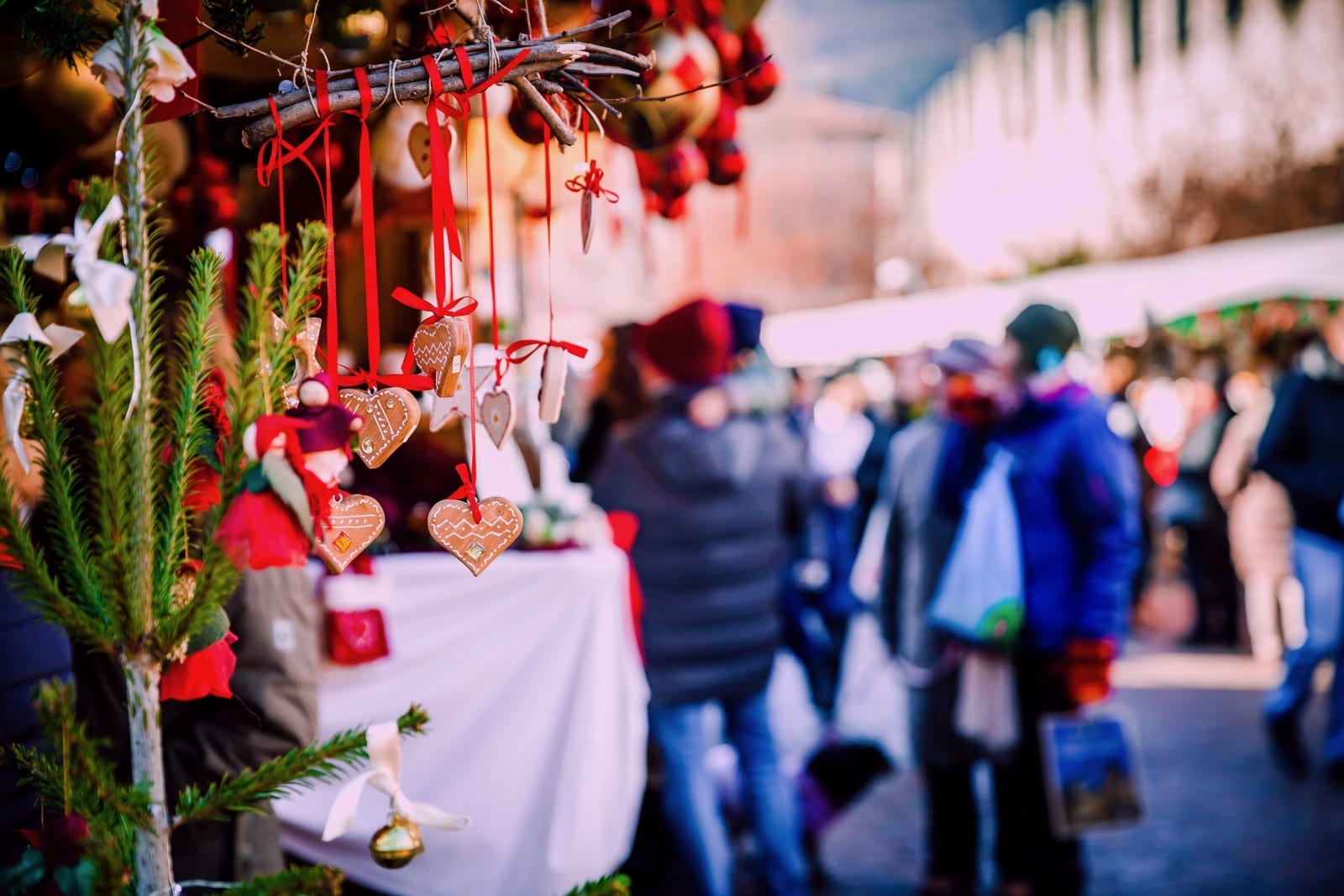
Rome at Christmas comes with perks, including the Piazza Navona Christmas market.
Packing for Rome in the low season
Pack your layers. As in Florence, if you want to “fit in” (or at least not look like a first-time tourist), remember the winter dress code: leather shoes for men and boots for women, wool button-up coats, leather gloves, and, of course, a stylish, warm scarf (that goes for men, too)!
Rome in winter: The weather
What you potentially sacrifice for all of those perks, though, is the weather. Although Rome’s climate is generally milder than, say, the northeastern United States, it does get cold, so pack your winter layers and your hats. Snow is also rare here—it snowed once last winter, and was a big deal—so make sure you’re prepared for cold rain instead! That said, depending on your luck, there can be more beautiful, crisp days than there are rainy ones… so keep your fingers crossed.
Seasonal foods to try
There are so many delicious seasonal foods to try, and some of the holiday dishes have to be our favorite! For a full breakdown, read our post about typical Roman Christmas and winter food traditions.
Antipasti
Antipasti almost invariably feature cured meats and cheeses. In fact, you may find special “Christmas salamis” which are cured specifically for the holiday season. Elaborate dishes also make an appearance, such as vitello tonnato (cold roast veal with a mayonnaise sauce infused with tuna) or various frittata variations.
Fish and seafood
In adherence to Catholic tradition, the consumption of meat is prohibited on the evenings preceding religious holidays. Hence, on Christmas Eve, many Italians opt for a delectable seafood feast. If you visit a fish market on the morning of the 24th in any Italian city, you’ll witness numerous plastic bags resting on ice, each labeled with a surname and containing a diverse assortment of fish species within.
The focus lies on freshness and variety, encompassing different types of seafood and cooking methods. Naturally, the specific seafood and dishes may vary across regions. On holiday menus you’ll often find frittura di pesce (fried fish), which includes an assortment of calamari, baby octopus, and other small fish.
Pasta and potato dishes
Pasta takes center stage during the holiday seasons, offering an array of options. Linguine with lobster, spaghetti with clams, paccheri ai frutti di mare (short pasta with mixed seafood)…the possibilities are endless. As a secondo (second course), whole roasted fish accompanied by potatoes often grace the table.
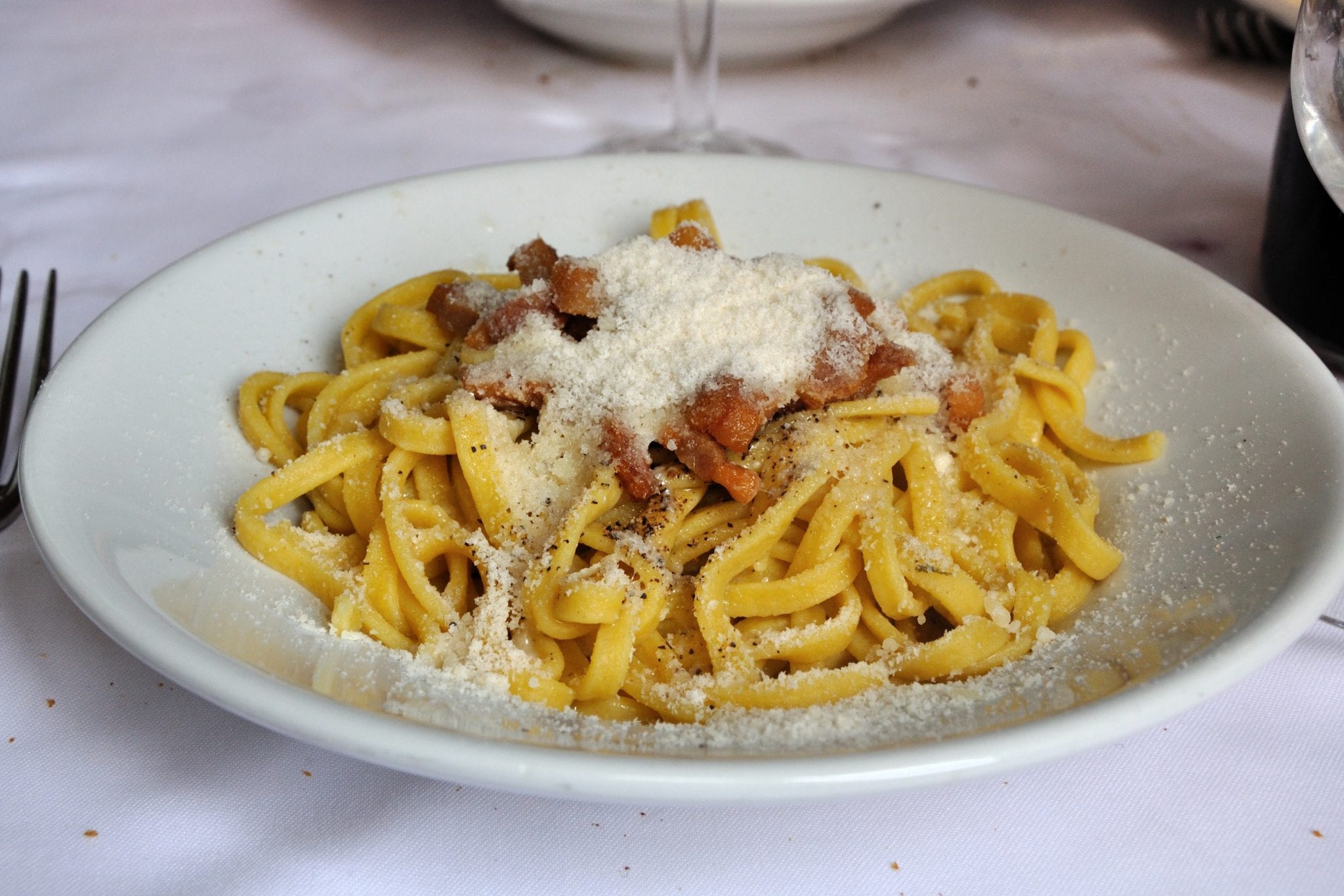
Why not try pasta alla gricia, a true Roman favorite?
Tortellini in brodo, pasta al forno, ragù…
Throughout Italy, particularly in Emilia-Romagna, the renowned tortellini in brodo takes the spotlight—small circles of pasta stuffed with meat, served in a flavorful broth of beef and capon. In the south, there’s pasta al forno, a baked pasta dish. This rich and abundant creation combines long-simmered ragù, fried meatballs, salami, hard-boiled eggs, chunks of cheese, and a luscious bechamel sauce, baked until the top becomes crispy and the inside turns irresistibly creamy.
Hearty meat dishes
Regular Italian meals usually feature limited amounts of meat—perhaps one sausage per person or a thin cutlet. However, Christmas presents an exception, with many families enjoying multiple carnivorous courses. Following the tortellini broth, succulent boiled meat called bollito makes an appearance, traditionally served with salsa verde (a tangy green sauce) or mostarda (candied fruit in spiced syrup). Roasts are also quite common, such as roast baby lamb in Rome.
Desserts: Panettone, pandoro, and crespelle
And, naturally, desserts abound. The two most popular options are panettone and pandoro, which are sweet, bread-like cakes. Panettone, originating from Milan, is a fluffy cake resembling an oversized muffin, studded with dried fruit and raisins. On the other hand, pandoro (literally translating to “golden bread”) hails from Verona, featuring a moister and denser texture, typically served with a dusting of powdered sugar.
Crespelle is also a food you should try if you can find it! This crepe-like speciality is a type of fried dough that can be filled with cheese or rolled in sugar.
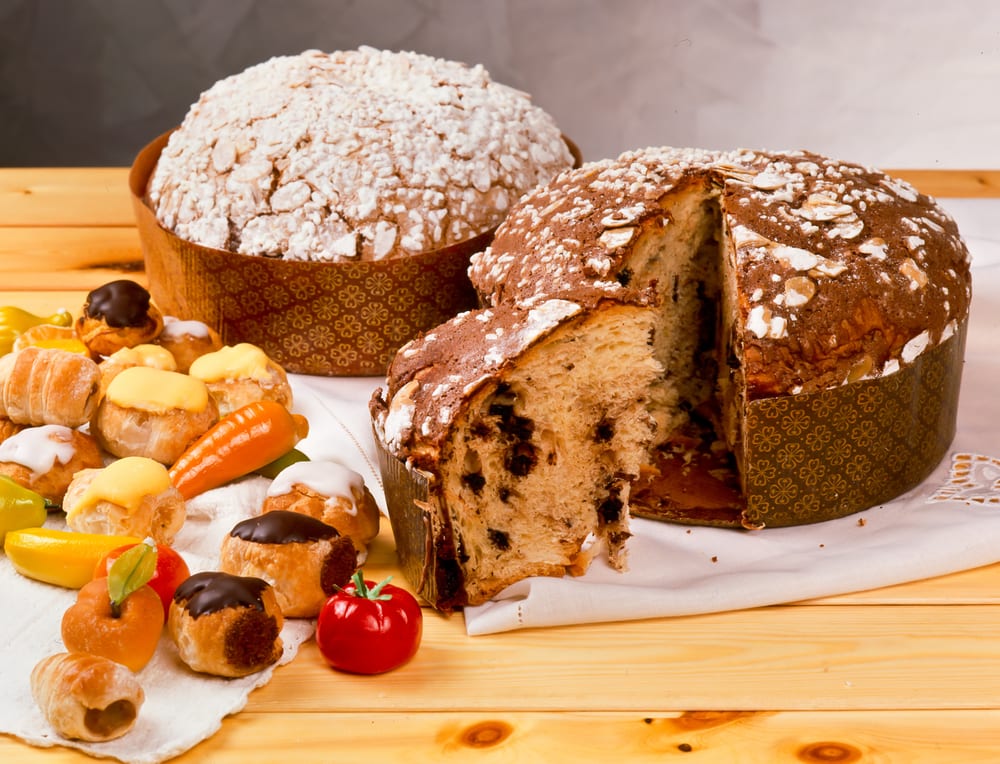
Panettone is a typical treat eaten during the colder months, particularly around Christmas.
Did you know that the Feast of the Seven Fishes is not typically celebrated by Italian families? Discover all about this uniquely Italian-American holiday meal!
Christmas and New Year’s festivities
The closer it gets to Christmas and New Year’s, meanwhile, the more people are in the city (both tourists on holiday, and locals coming into Rome to do their holiday shopping)… but also the more festive it feels. The Christmas lights in Rome are absolutely spectacular, the shops and streets are bustling, and, of course, there are lots of holiday opportunities to see the Pope. There are also several Christmas markets, including the most famous, at Piazza Navona, which goes until January 6 (the Day of the Epiphany).
Don’t miss our fun video about on Christmas traditions in Rome:
by Chiara R.
View more by Chiara ›Book a Tour
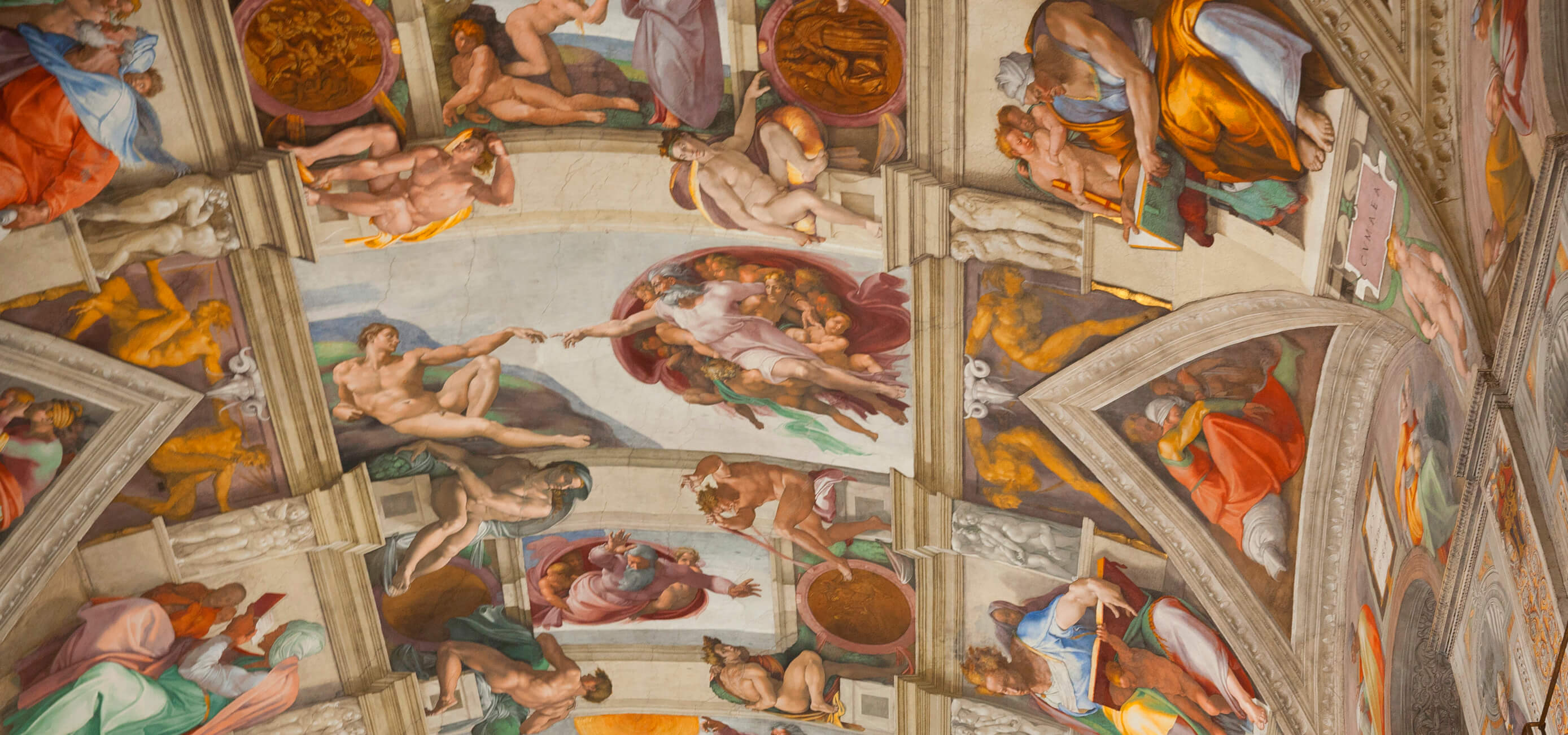
Pristine Sistine - The Chapel at its Best
€89
1794 reviews
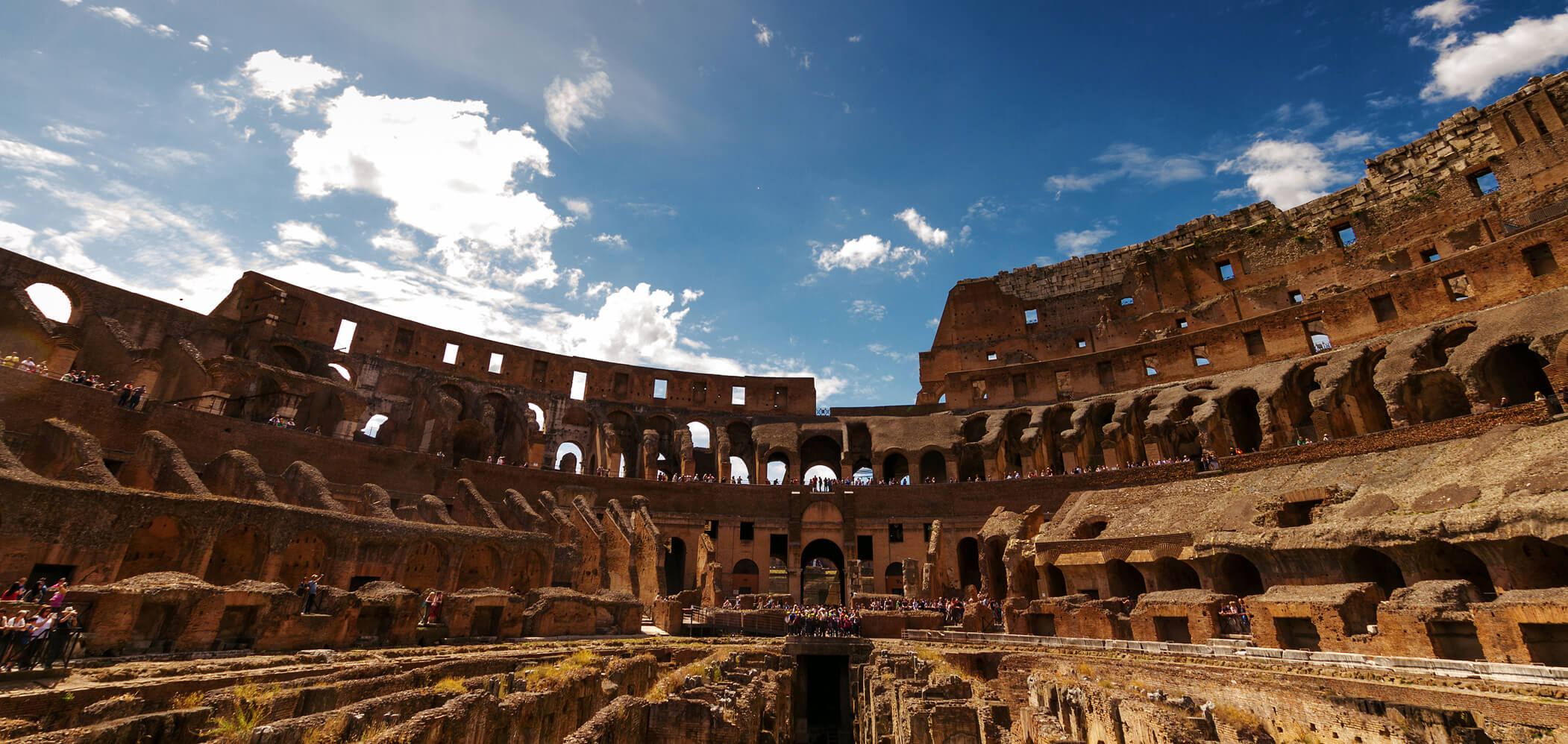
Premium Colosseum Tour with Roman Forum Palatine Hill
€56
850 reviews
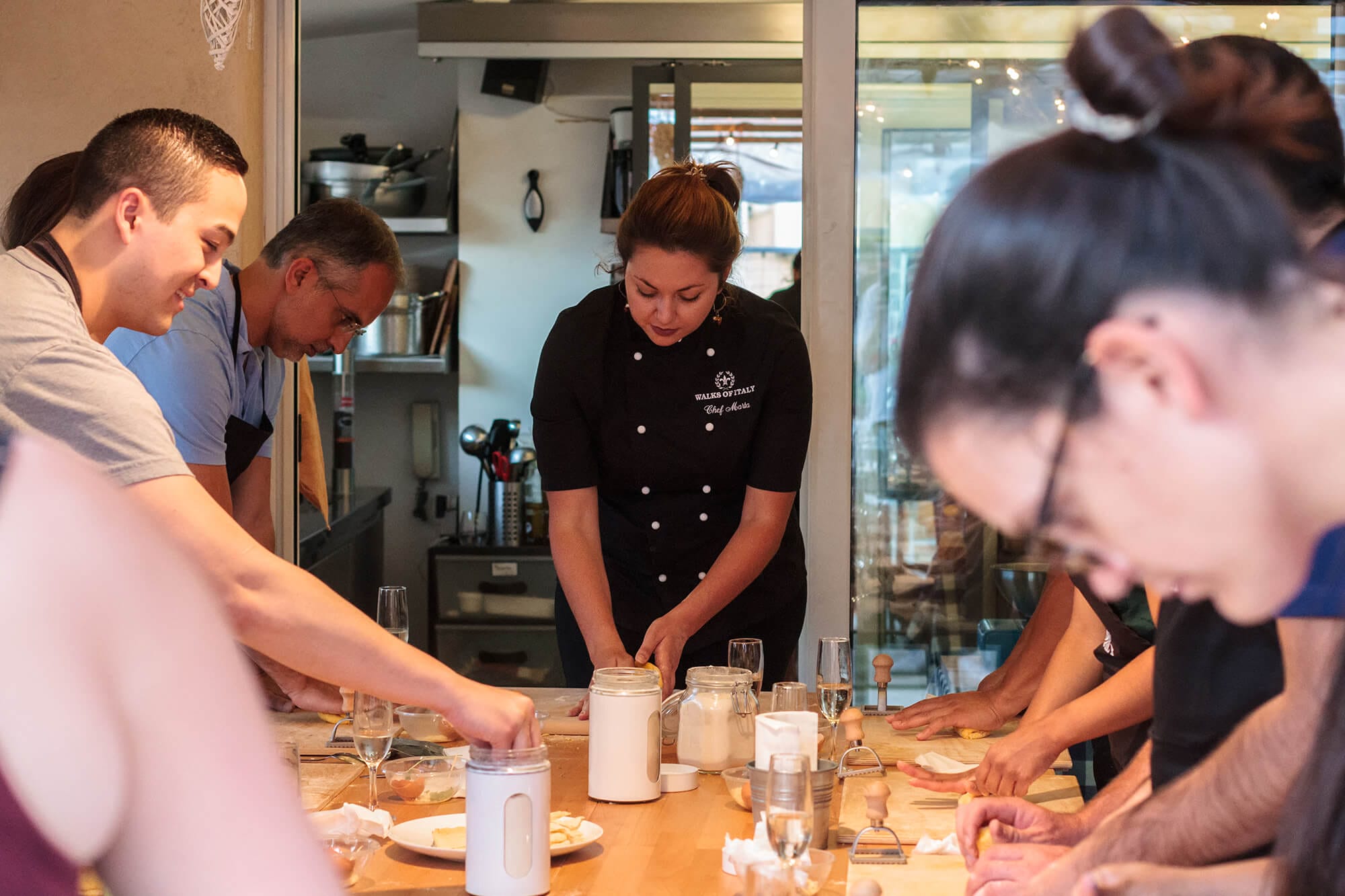
Pasta-Making Class: Cook, Dine Drink Wine with a Local Chef
€64
121 reviews
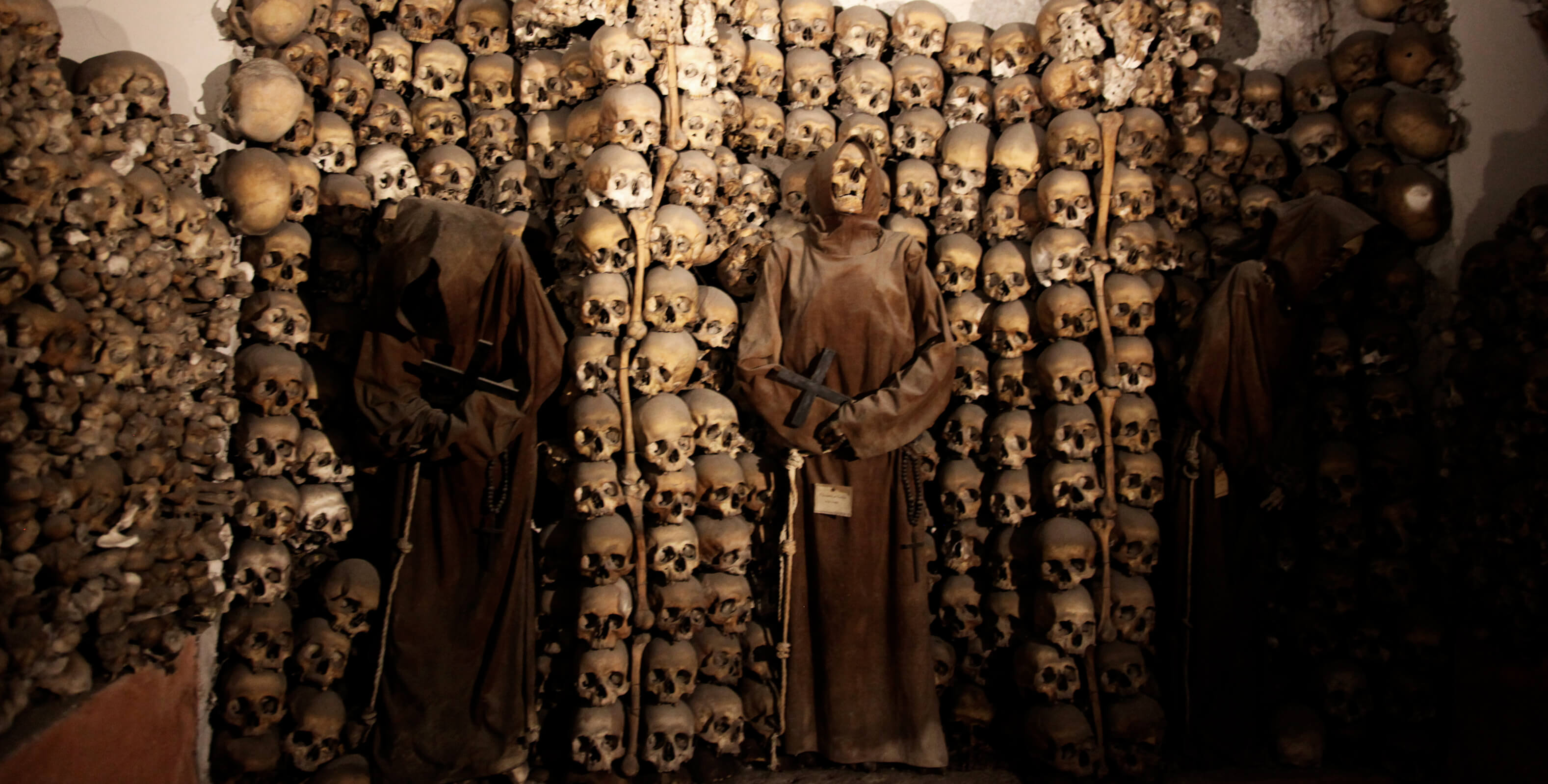
Crypts, Bones Catacombs: Underground Tour of Rome
€69
401 reviews
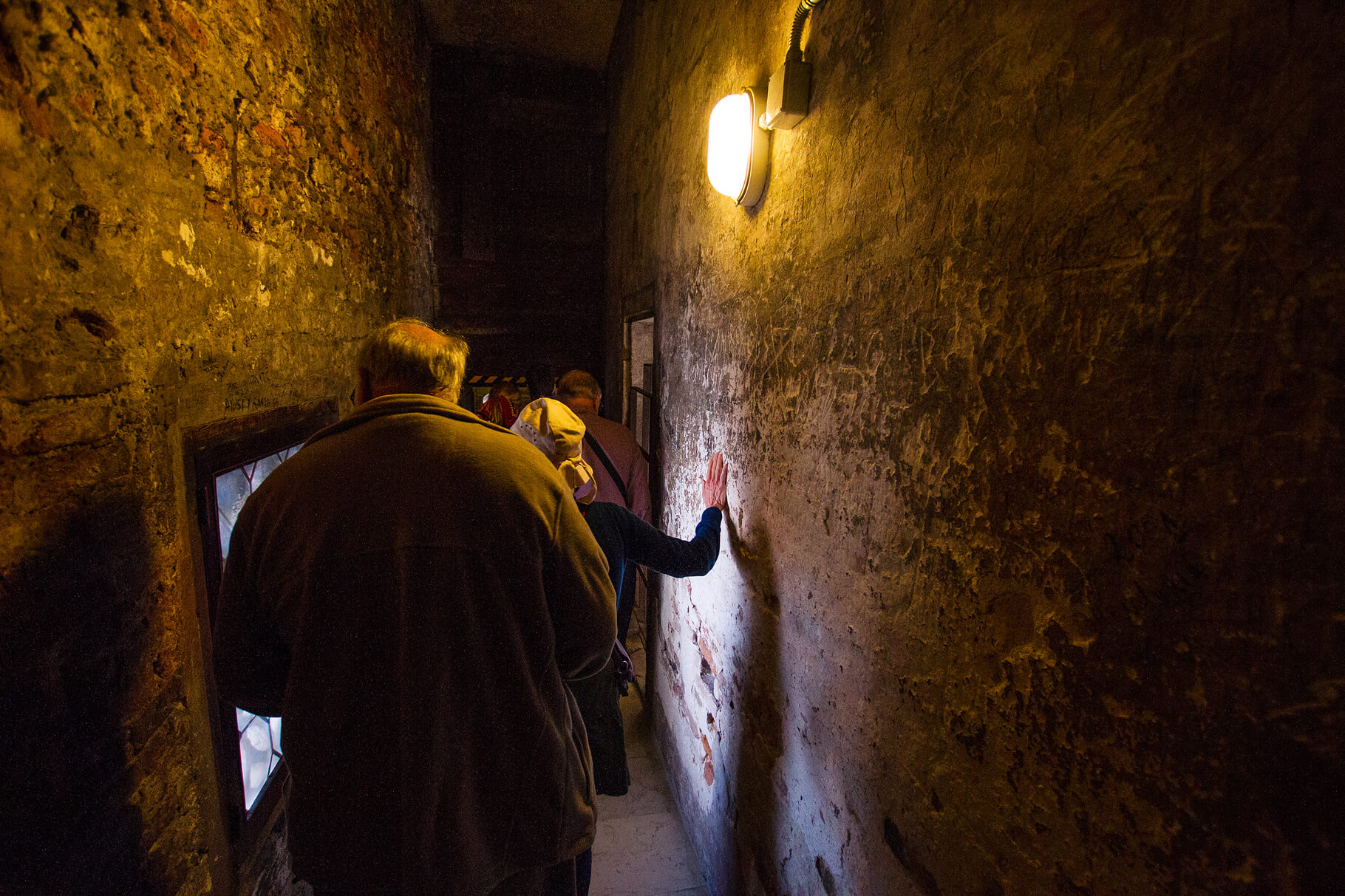
VIP Doge's Palace Secret Passages Tour
€79
18 reviews
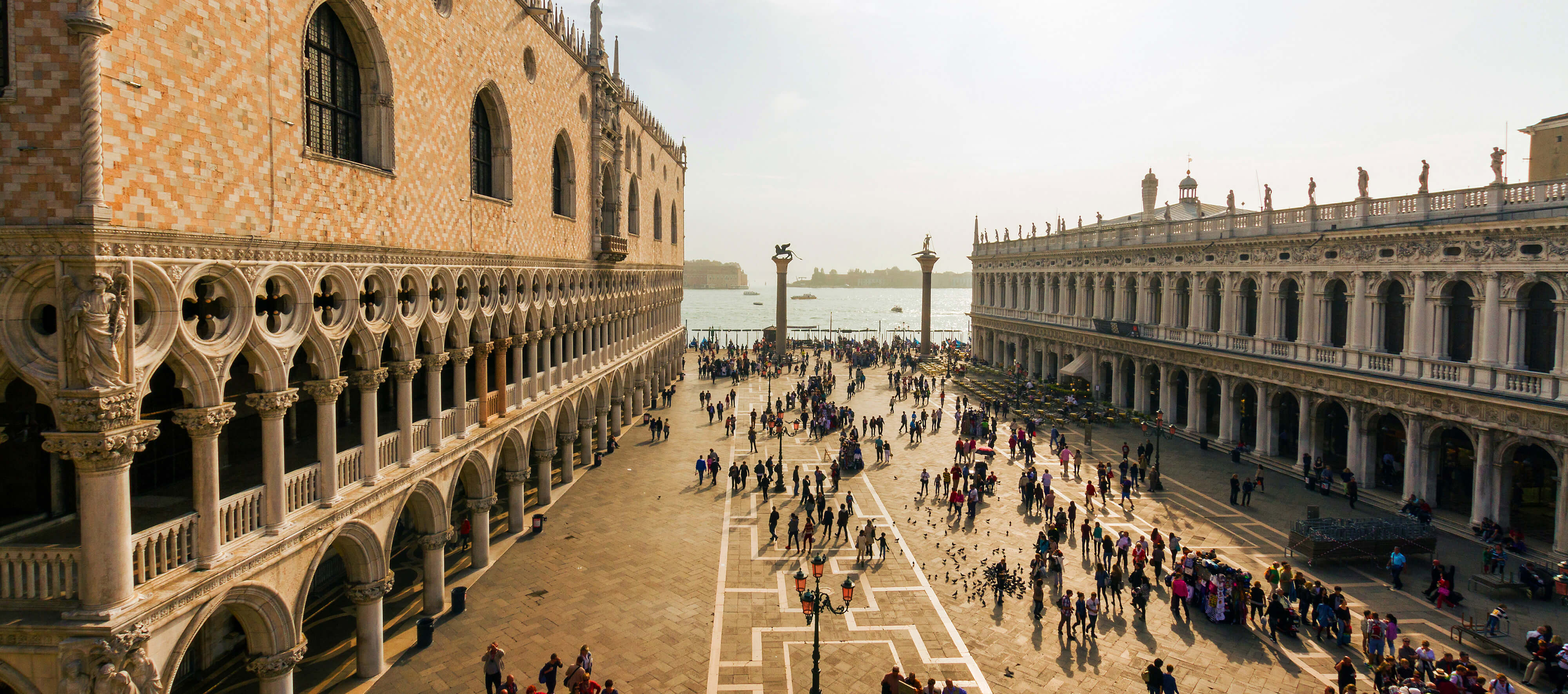
Legendary Venice: St. Mark's Basilica, Terrace Doge's Palace
€69
286 reviews

